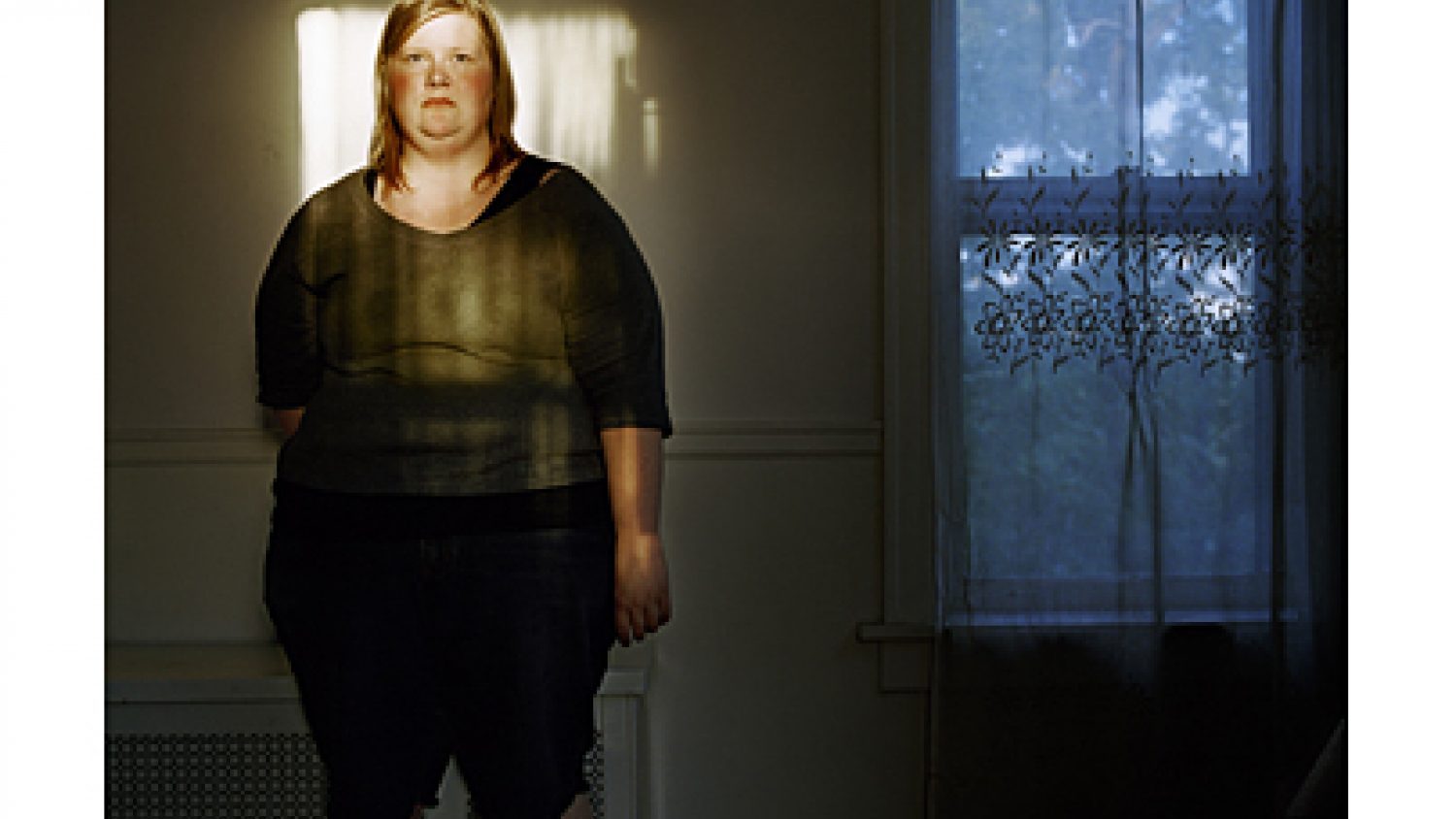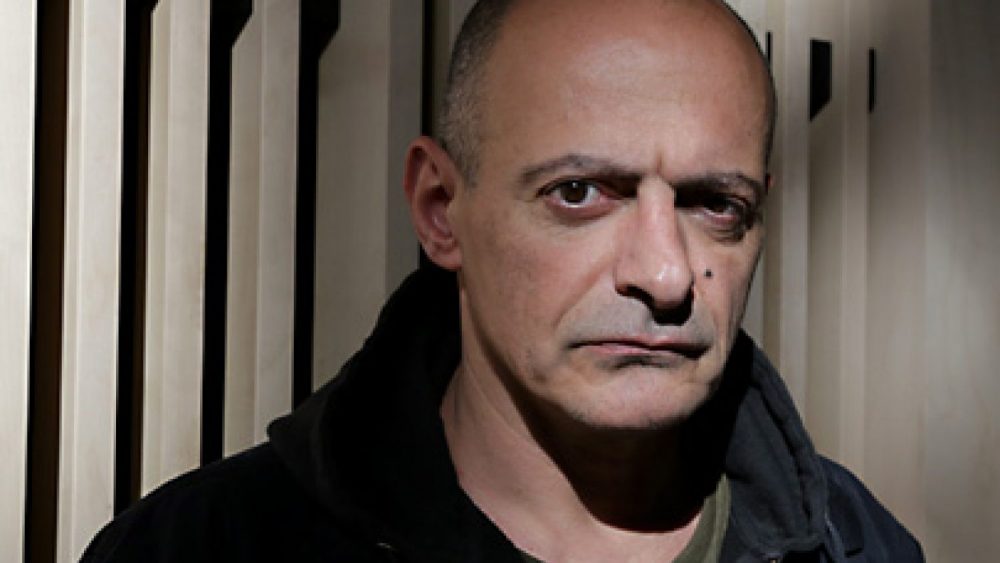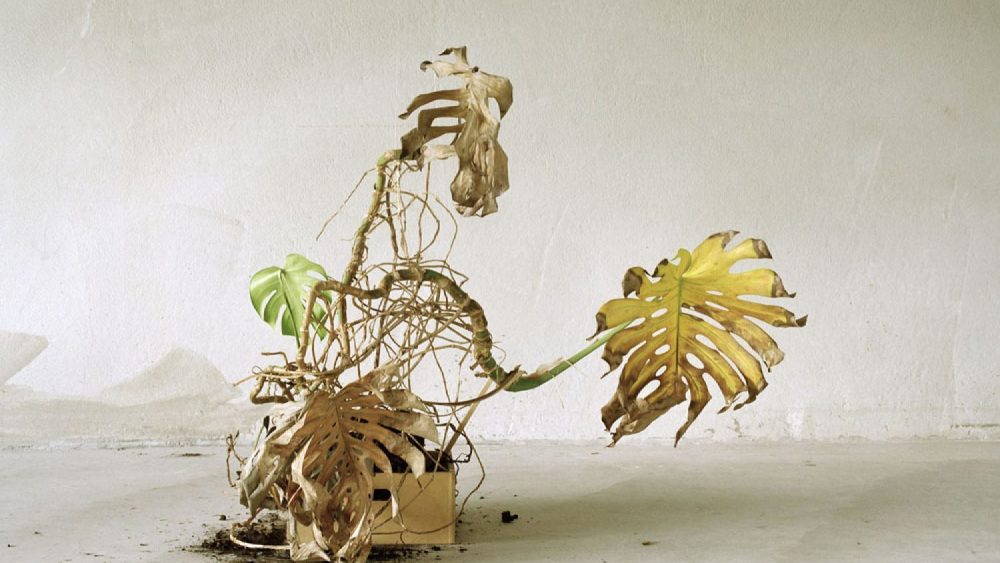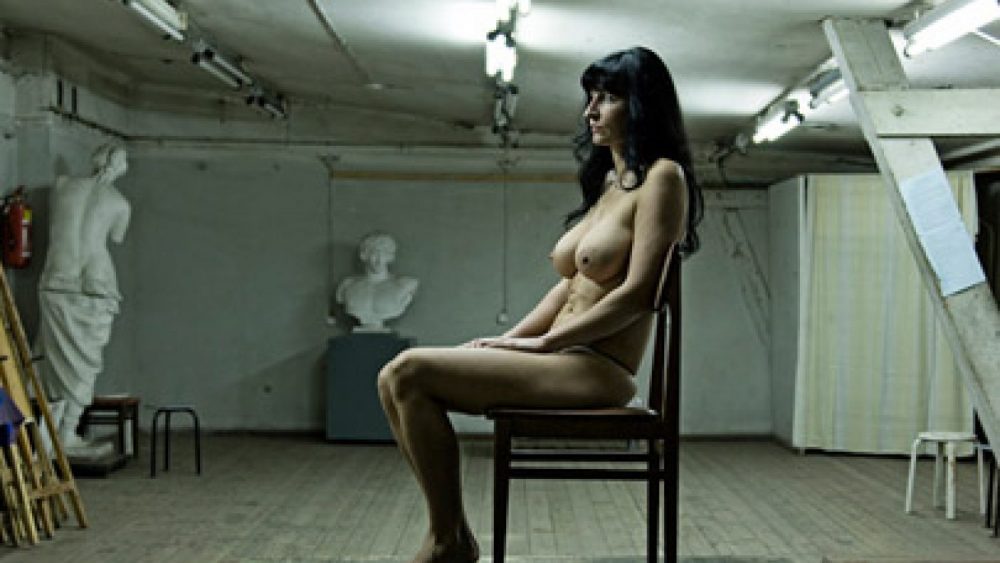Interview with Jen Davis
American photographer Jen Davis (1978) graduated from the Yale University in 2008 with a Master’s degree in photography. Currently she lives in Brooklyn, New York. Discussing relationship between herself and her body, as well as the prejudices on beauty and sexuality existing in society, Davis reveals the power of photographic language. Her self-portraits taken for over a decade depict vulnerable identity quest. The photographer has participated in shows all over the world and she is represented by Lee Marks Fine Art and ClampArt in New York. Recently her first retrospective publication has been released – a photo-book titled Eleven Years (2014).
In late September this year Davis gave a lecture at the Museum of Photography in Riga.
You were born in Ohio. How did you end up studying photography in Chicago?
I was two years old when our family moved to Chicago. We travelled around quite a lot at that time and I went to a high school in Arizona. After the graduation I knew I wanted to get out of there, so I decided to move to Chicago. I struggled with dyslexia back at school and I guess I didn’t have any intentions to get into collage at first, but then I found out that Columbia College is open for admissions. I had been taking pictures back in Arizona for some time and here as well, but only at the university I realized that I’m really passionate about it.
What was your main interest in the medium of photography back then?
I was always interested in people. For some time I was taking photos from a distance, imagining possible narratives and fabricated scenarios. I was drawn to this connection a camera was able to create. For me it was deeper than a verbal conversation. I saw it as taking self-portraits only using a surrogate.
First two years at the Columbia College Department of Photography were very technically orientated. At the time I was totally taken by the black and white photography, the tonalities, the zone system, exposure technique and use of light and the process of developing and printing the photographs. During the next two years one had to choose the speciality (Fine arts, Commercial photography, Photojournalism) and I went for Fine arts.
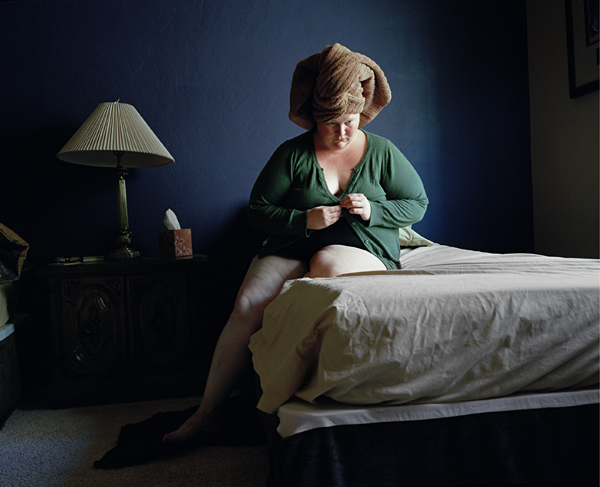
How about the point when you decided to turn the camera onto yourself and started to create self-portraits (not the “surrogate”) communicating through your own body?
It wasn’t a conscious idea. I actually hadn’t been photographed before that really (except class photographs), therefore I guess I was interested in what the camera saw, what was the reality it could capture. I decided to make a portrait in a situation where I’m most discomforted. It was common for me to feel watched and judged and I wanted to reflect that. Me sitting at the beach with my friends – the image shows this period when I was afraid of being exposed (for example wearing a swimsuit and getting into the water) and then feeling this huge relieve to be covered again. I wondered if I can take a picture that dealt with this issue and I think it was a success that gave me a sort of permission to keep on looking and discovering what else I could do. Can I reveal the drama behind other daily gestures (like what it means to get off a chair or stand in the line for favourite fast food for an overweight person)?
How would you describe the time when your so-called “relationship with the camera” was becoming the main part of your everyday life, as well as your creative work?
I was spending a lot of time in my apartment trying to use that space to learn how to release myself in a way. I was dealing with seemingly simple but essential questions like “what do I look like?”, “how does it reflect what I’m feeling?”, “am I lovable?” and in some way the photography became a way to answer it. I trusted the camera. I faced the truth from what it recorded, although it wasn’t always easy. It replaced this notion of a relationship with a man because I was unable or too uncomfortable to have that. To act as being desired by the camera was a way to search for acceptance.
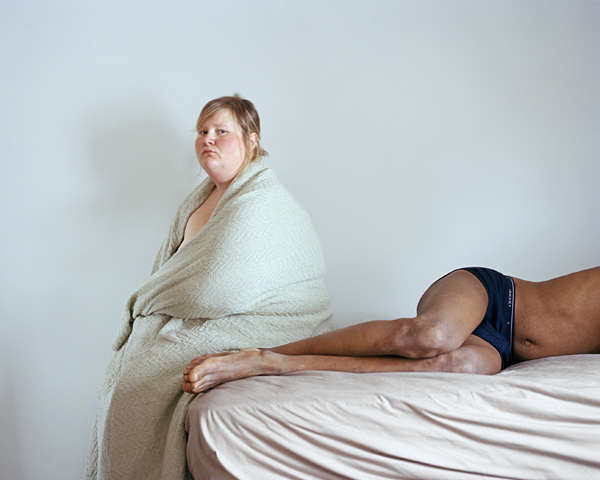
As sources of inspiration you have mentioned artists like Laura Letinsky and Cindy Sherman – women who are interested to question the issues of beauty, identity and intimacy, but you have taken your first self-portraits without being eager to display them. How did you decide to set them free, let them live their own life in a way?
I was definitely into both of them, as well as the work of John Currin and Terrence Malik. I must say, if I had been thinking about the audience or where my pictures ended up, I probably wouldn’t have done a lot of things. But actually publishing and exhibiting became this great thing for me. I found a way to distance myself and my reality from the work I was making with creating another self, a version of me. The “real” me guarding her privacy, on the one hand, and me as a subject trying to understand shamefulness and vulnerability so to find comfort, on the other.
I was very nervous about the attention, though. At the beginning it was pretty uncomfortable if somebody mentioned my photographs and I immediately wanted to change the subject. As being easily identified because of my size and my body I often felt embarrassed and unsettled that people would only recognize my work only because of my looks.
But it did not keep you away from continuing.
Right. I think the work is not that courageous. I’m not trying to be brave or proud or to act as a spokesperson in any way.

Perhaps it was a certain degree of braveness to approach complete strangers wanting to take their portraits?
Well, I guess so. It was the summer when I graduated from the college and I realized I’ve become so repetitive with my work. I didn’t feel as pushing myself hard enough so it seemed like I’m failing with every next self-portrait. I felt pressure and I wanted a breakthrough; therefore I made this agenda to change the subject matter and spend the summer travelling through the small towns of the U.S. photographing only men. I saw it as continuation of the fantasy project I did with my roommate back in Chicago, but unfortunately nothing was really happening. After those months I found that only one portrait worked. It was a guy with curly chest hair. Full of tension and excitement. It turned out that creating this fictional narrative of sexual encounter was like a learning lesson in desire for me in a way.
What employed your mind at the time when you were enrolled at the Yale University and your whole environment changed?
I wanted to revisit the idea behind my fantasy project. I wished to taste this power play and create sexually charged pictures. Use the photography as an excuse to become a part of someone’s world even for a little while, as well as to get out of my comfort zone with being voyeuristic in a way. I craved to explore the physics of touch and desire, so I curated the environment, planned the shot and set up the camera before they would come over.
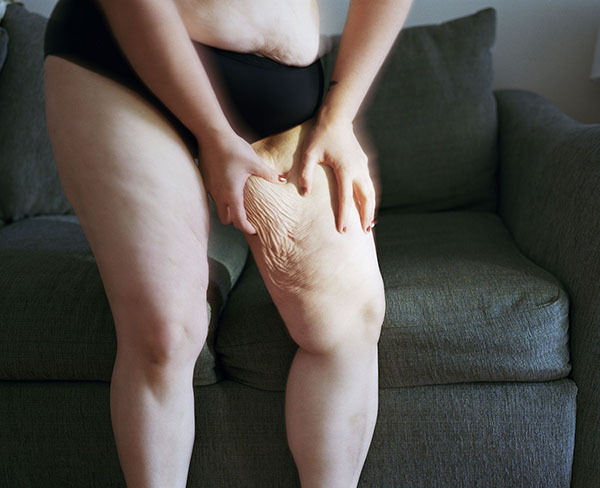
The objectivity of the medium of photography serves not only as a tool for understanding yourself but a way for all your insecurities to become even more real. Why did you choose to talk about the significance of truth when a majority of photographers are trying to hide their personal issues and project a fabricated image – on the social networks, for example?
I was trying to deal with something that’s under the surface, hiding underneath my behaviour, so to understand my identity. I was always shy and polite only wanting to be liked and insecure because I was overweight. On media you see people trying to flatter themselves all the time – with finding the perfect angle, perfect position of the body. On Instagram or Facebook people post pictures where they look good and untag themselves in those where they have double chin. There you see people as they want you to see them. I was doing the same thing but for me it was more interesting to discover how, for example, my arms or stomach actually looked like and how it coincided with the notion of beauty.
A book of your works was published this spring. What’s the idea behind Eleven Years?
The project begun in 2011, during a photography residency. I didn’t have a title until the editing process was finished. I knew it had to have strict stopping point and that’s where the concept of eleven years came in – the marked loop of time encapsulated within the body of work. It ends with a picture made in 2010 – me sitting at the drive-in with this guy, looking out of the window. The number eleven has a significant meaning as well – one plus one is two resembling these two selves or sides of me I mentioned before. The delicate black and white design is all about pictures sitting in the space. Not a single photo was published as a full page or a double-page spread. I think the culture has drastically moved away from a manner how photographs should be looked at – not on the screen but substantially. It changes everything!
Could you say that making of this book and editing your current work was the breaking point to consider undergoing lap-band surgery?
Yes, even the weight loss was never the goal of mine. I didn’t even know that it was possible so it wasn’t something tangible. Seeing the ten-year work I just felt that I should feel accountable of myself. At the beginning I was just this young girl searching for an understanding of herself, and then there I was being thirty three years old and the ideas behind my work were different but from the outside nothing had seemingly changed. When all the pictures got printed in large scale to get the colour right, it was really hard to look at myself at some point. It was quite a depressive month for me and I kept asking myself these reoccurring questions like “why have I never done anything about my weight?”, “why haven’t I pushed myself to change?”, “what would it be like to be smaller?”. When I got home I looked up the procedure and it seemed easy enough. I saw it as a tool to gain control of my body. I changed my eating habits, started to exercise – took on the new life.
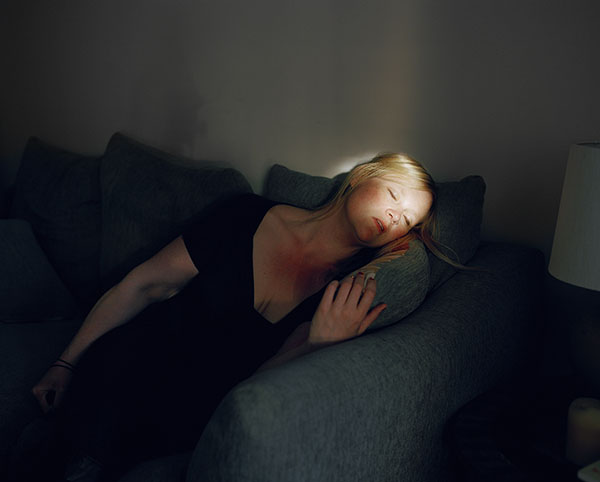
How would you describe the period of loosing weight and the impact it left on your interest in photography?
I didn’t take many photos for some time because for the first time in my life I really felt like living normal – whatever that means. As I was dropping the size, my “shield” was disappearing and I gained confidence. Even silly everyday situations became significant for me – like I had this chair where I had never sat on and now I could do that or a hotel towel that I was never able to wrap around me or a mirror I had never seen myself fully now suited. At this point I was able to be more anonymous. But in my creative work it wasn’t like “ok, now I’m all happy”! Being with a man and experiencing intimate relationships was the main thing that entered my “new” life and after a while I just wondered, why am I not photographing this and what a picture with a lover can turn into? The work never was solely about the body, but a way of learning how to forsake the isolation and face other interpretations what I have had of myself over time.
How exploring your current relationships and your boyfriend through photography fits into this idea to separate the photographed self and your “real” persona you mentioned before?
That’s interesting… I haven’t thought about that before. Of course, it’s easier to distinguish oneself from exposure but I guess the process of taking a photograph, whether being the subject/model or the operator/performer, holds a settled duality. I don’t really know what being in love will change but I’m looking forward to discover it.
